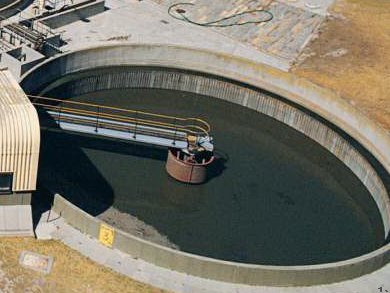Due to their unique advantages like controlled biomass retention, improved effluent quality, and decreased footprint, membrane bioreactors (MBRs) are being increasingly used in wastewater treatment up to a capacity of several 100,000 p.e.
Matthias Kraume, Technische Universität Berlin, and Anja Drews, HTW Berlin, Germany, report that membrane bioreactors are not a niche process anymore and will continue to grow over the next years.
Hybrid configurations may lead to even further effluent quality improvements. Future advances in fouling mitigation can be expected from further fundamental research (e.g., biocake architecture, advanced analyses of individual components, two-phase fluid dynamics, and role of specific microorganisms) but also from the development of control strategies which might well also include the manipulation of microbial populations.
- Membrane Bioreactors in Wastewater Treatment – Status and Trends
M. Kraume, A. Drews,
Chem. Eng. Technol. 2010, 33 (8), 1251 – 1259.
DOI: 10.1002/ceat.201000104




